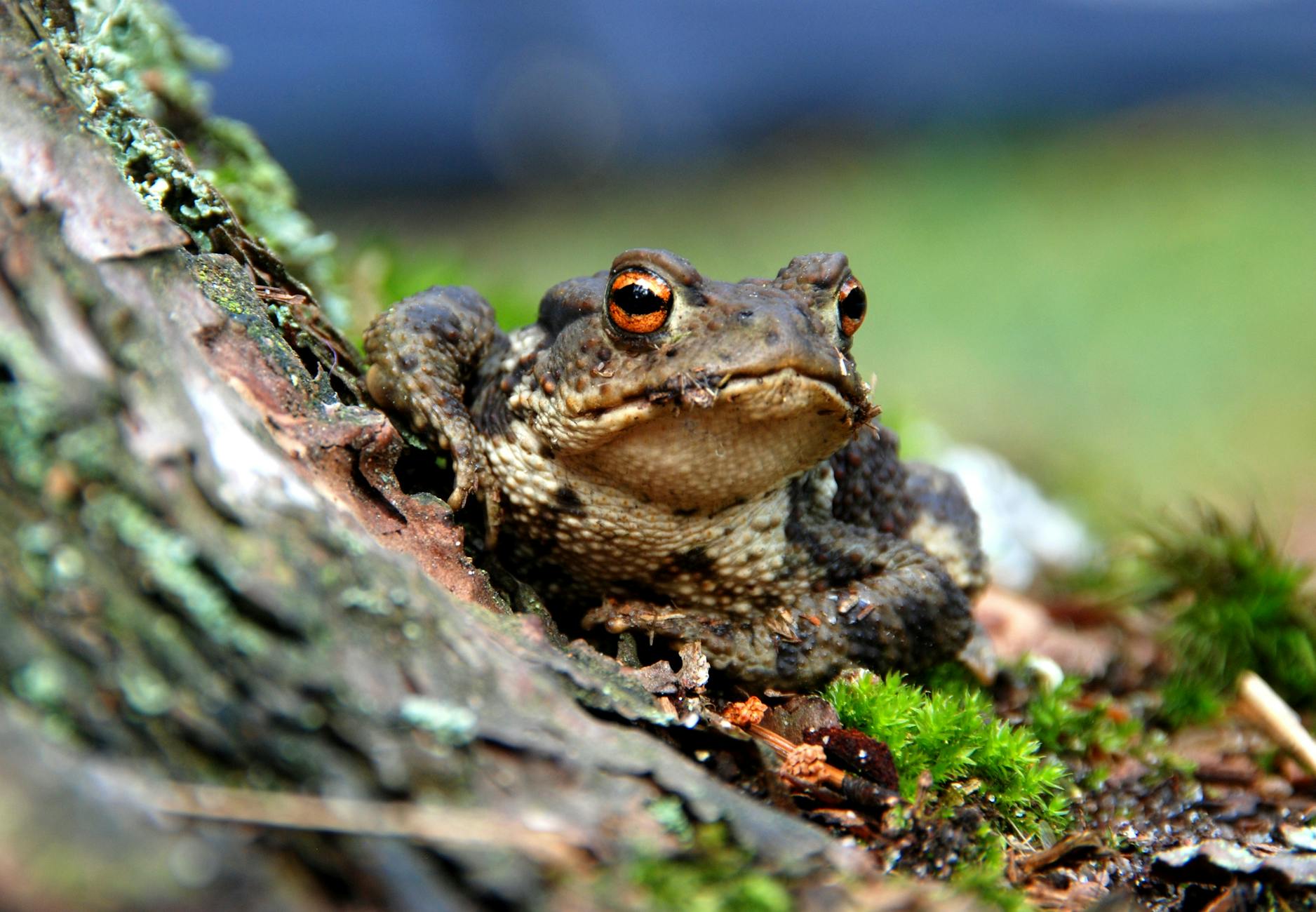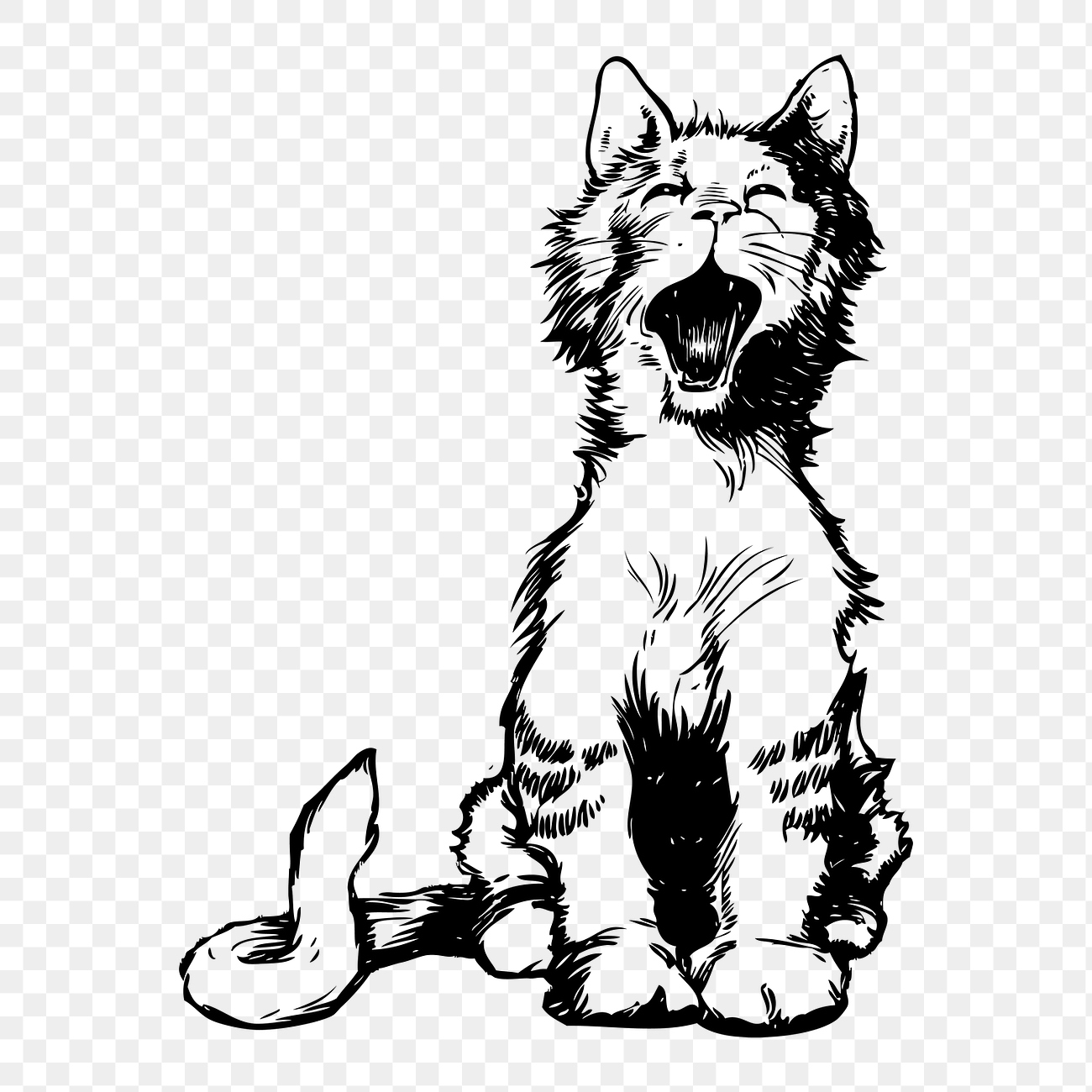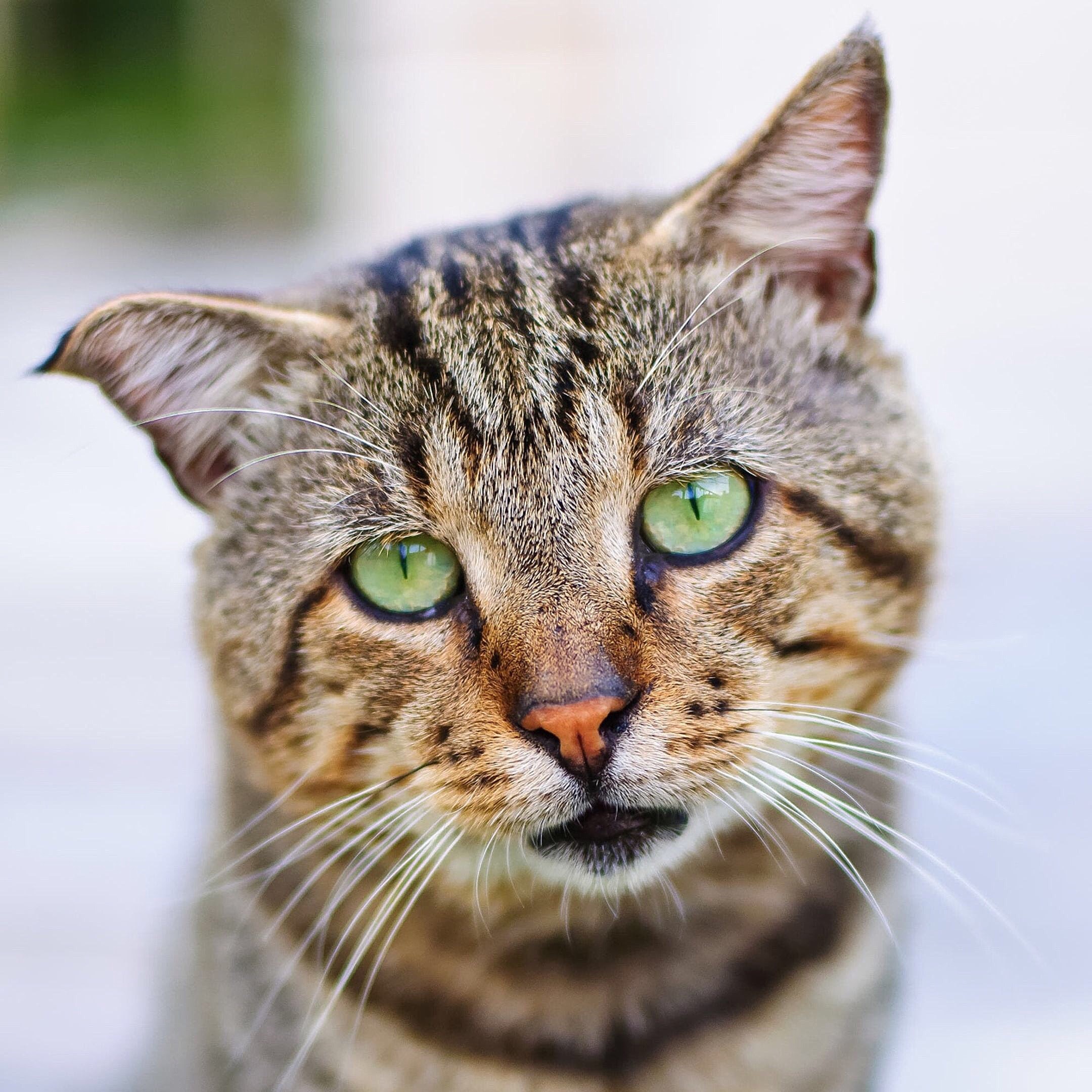
Do Toads Make Good Pets ?Do Toads Make Good Pets ?
July 30, 2025 0 Comments 17:55( a delightful guest post by Toadorama) I’ve loved frogs and toads since I can remember. I’ve always had them as pets. I firmly believe if you find a healthy, adult toad in the wild. It should stay there. Wild-caught adults do not thrive when captured. With my 4 toads[...]




